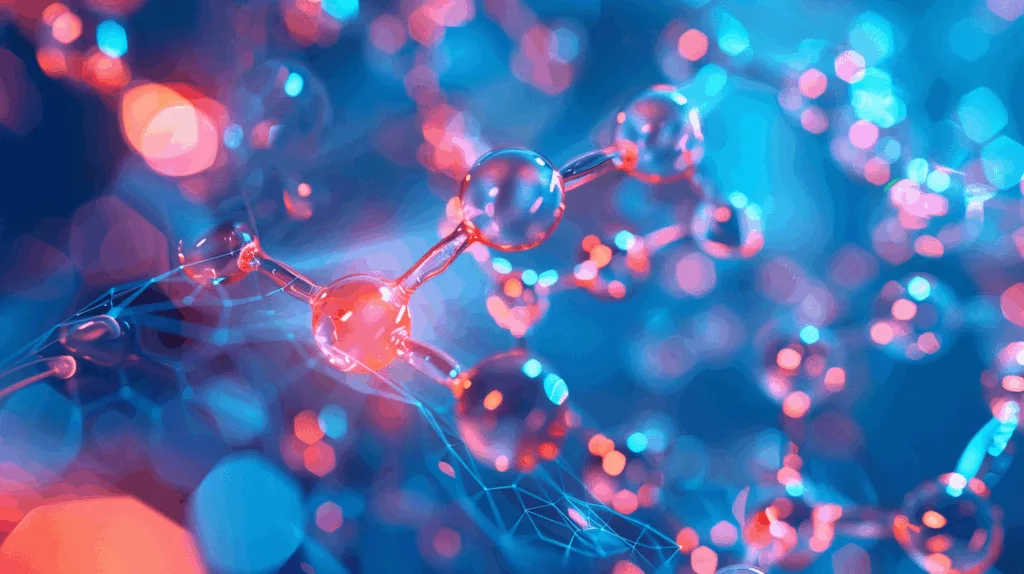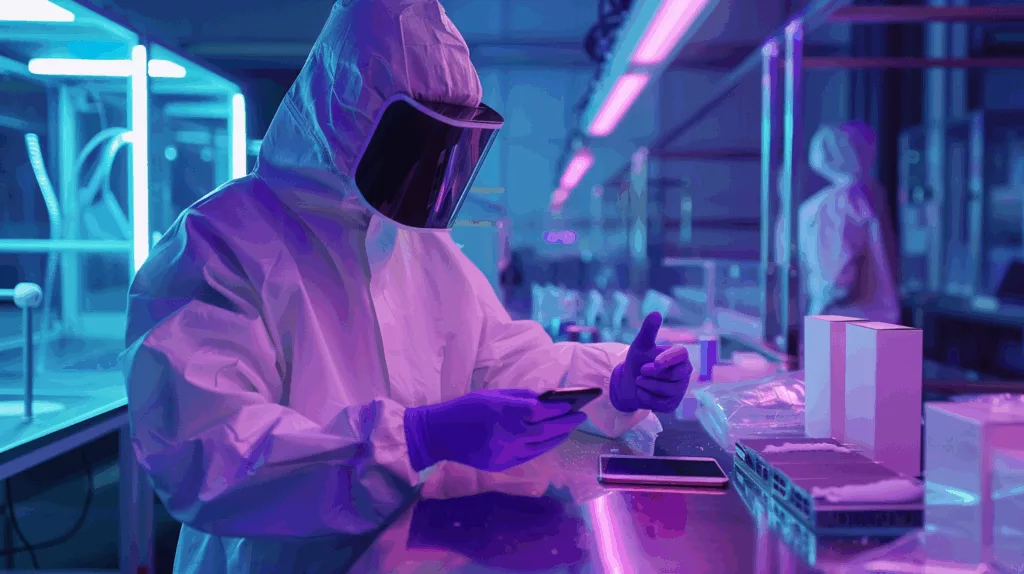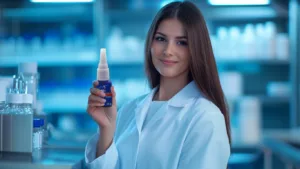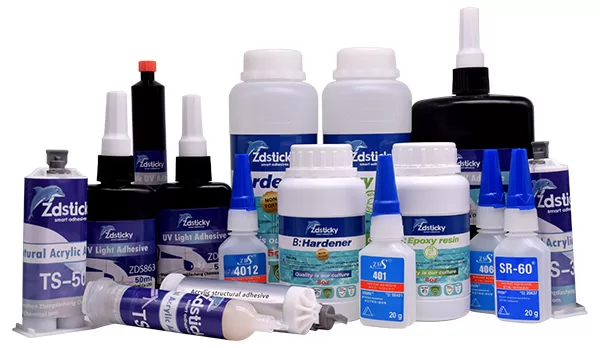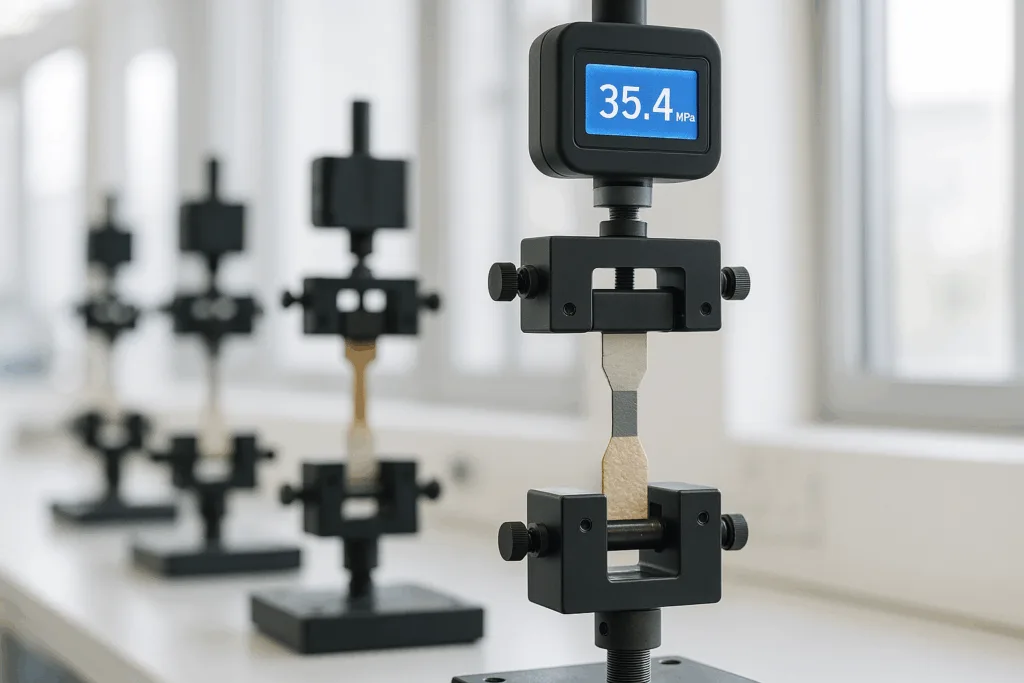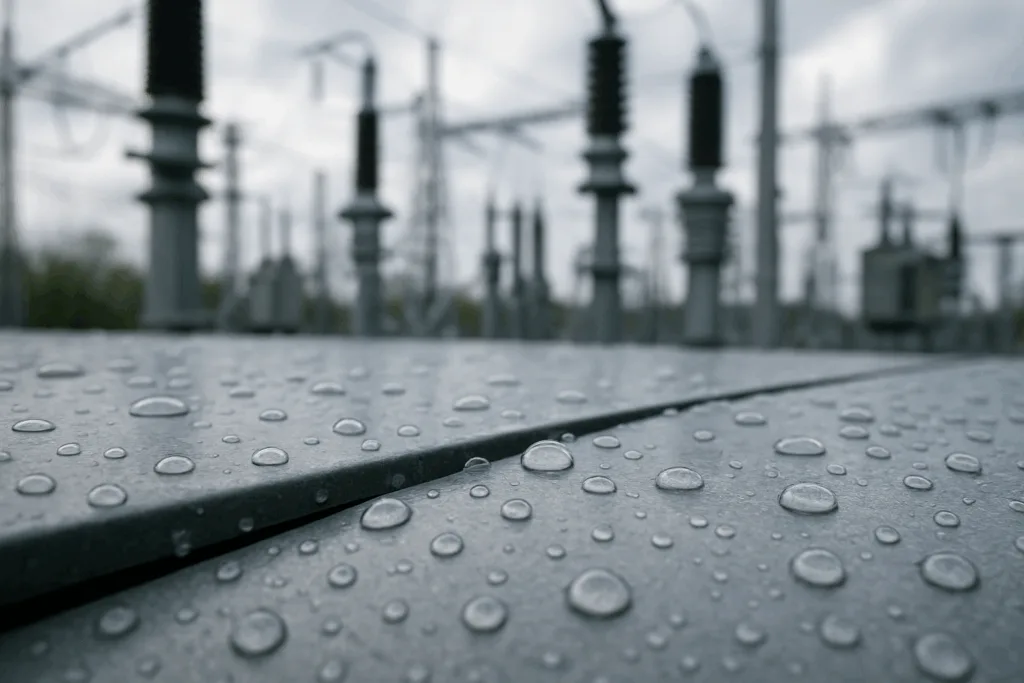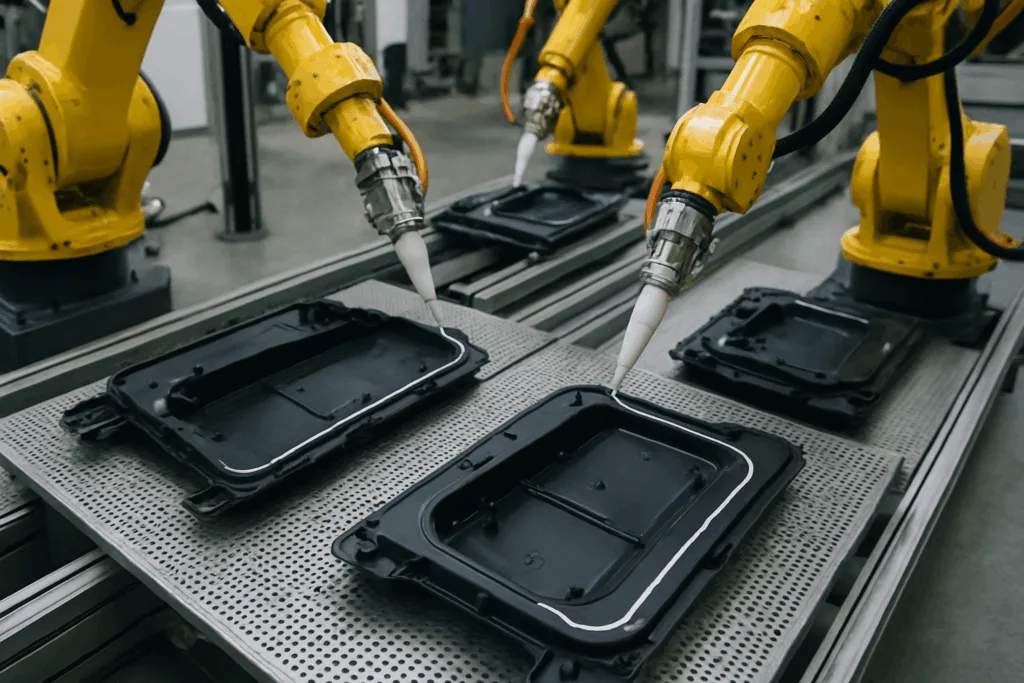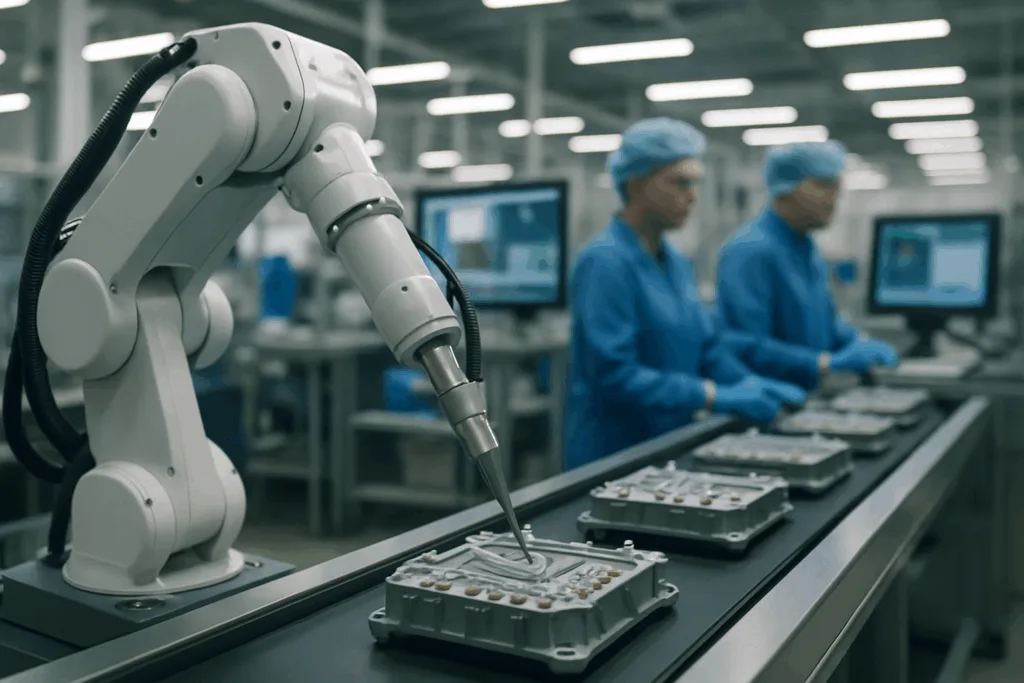Ultraviolet (UV) curable adhesives have revolutionized bonding solutions across a wide range of industries—from electronics and automotive to medical devices. These adhesives cure rapidly when exposed to UV light, forming strong, durable bonds without the need for heat or mixing.
ZDS™ is a trusted adhesive manufacturer providing innovative bonding solutions, including high-performance UV curable adhesives tailored to meet the precise needs of modern manufacturing environments.
Let’s dive into the technology, chemistry, and applications behind UV curable adhesives.
Understanding UV Curable Adhesives
What Are UV Curable Adhesives?
UV curable adhesives are a class of light-activated bonding agents that harden or “cure” when exposed to ultraviolet (UV) radiation. Unlike traditional adhesives that cure through evaporation, moisture, or thermal activation, UV adhesives use photoinitiators that react with UV light to initiate polymerization.
These adhesives are typically made of:
- Acrylic or epoxy base resins
- Photoinitiators (which absorb UV light)
- Additives (for flexibility, thermal stability, or adhesion to specific substrates)
This unique formulation allows for precise control, rapid curing, and minimal waste in production settings.
What Are UV Adhesives Used For?
UV adhesives are commonly used in:
- Optoelectronics (bonding lenses and optical components)
- Medical devices (catheters, syringes, IV systems)
- Consumer electronics (smartphone assemblies)
- Automotive (sensor and display bonding)
- Glass and plastic bonding in displays and lighting fixtures
How UV Curing Works
The Science of Photopolymerization
When UV light hits the adhesive, the photoinitiators absorb the energy and trigger a chain reaction that turns the liquid adhesive into a solid. This process is called photopolymerization, and it happens in seconds—offering rapid production cycles and low energy consumption.
Key Benefits of UV Bonding Technology
- Instant cure on demand: Only cures when exposed to light
- High precision and control
- No mixing or heating required
- Solvent-free and low VOC emissions
- Transparent bonds with excellent optical clarity
These benefits make UV adhesives ideal for micro-assembly and sensitive substrates where thermal methods might damage components.
Types of UV Curable Adhesives
Acrylic-Based UV Adhesives
- Fast curing
- High flexibility
- Good adhesion to plastics and glass
Epoxy-Based UV Adhesives
- Excellent chemical and thermal resistance
- Strong structural bonding
- Often used in electronics and medical applications
Hybrid Dual-Cure Systems
Some UV adhesives offer dual-curing capabilities, combining UV light with heat or moisture to ensure complete cure in shadowed areas, making them ideal for complex geometries or opaque materials.
Industry Applications of UV Adhesives
Electronics and Semiconductor Manufacturing
UV adhesives are widely used for bonding components in smartphones, tablets, and LED modules. Their ability to cure quickly without heat makes them ideal for temperature-sensitive parts.
Medical Device Assembly
In medical manufacturing, UV bonding ensures sterile, precise bonding of plastics and glass without chemical residues. FDA-compliant UV adhesives are available for Class I and II medical devices.
Automotive Sensors and Displays
Modern vehicles rely on UV light curing glue to bond displays, ADAS sensors, and interior trim components efficiently, enhancing durability and performance.
Challenges and Considerations
While UV adhesives offer many advantages, some factors should be considered:
- Line-of-sight curing: UV light must directly reach the adhesive
- Material compatibility: Not all substrates allow sufficient UV penetration
- Safety: Proper shielding and PPE are necessary to avoid UV exposure
FAQ
Q1: What are UV adhesives and how are they different from traditional glues?
UV adhesives cure through exposure to ultraviolet light, unlike traditional adhesives that cure by drying, chemical reaction, or heat. This allows for faster and cleaner bonding processes.
Q2: Can UV curable adhesives bond metal?
Yes, with proper surface preparation and the right formulation, UV adhesives can bond metals, although they are more commonly used with plastics and glass.
Q3: Are UV adhesives safe to use?
When used with appropriate protective equipment and UV shielding, UV adhesives are safe and eco-friendly due to their solvent-free composition.
Final Thoughts
UV curable adhesives are a powerful, efficient bonding solution across high-precision industries. Their ability to cure instantly with light exposure enables faster assembly, cleaner production, and durable results.
As industries continue to demand more efficient, eco-conscious bonding technologies, ZDS™ remains at the forefront as a trusted adhesive manufacturer providing innovative bonding solutions—including advanced UV curable adhesives tailored for the next generation of products.


